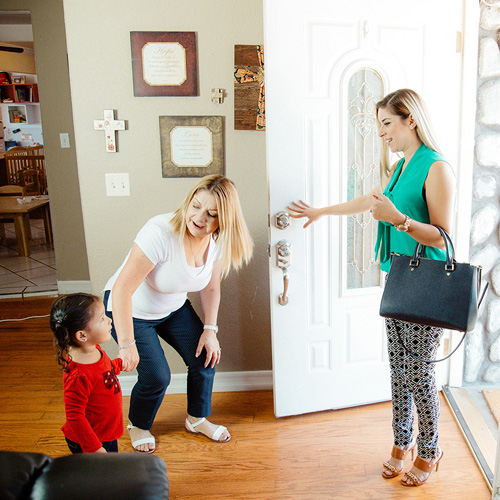What Does Quality Child Care Look Like?
Below is a list of programs that certify high-quality child care and early education:
- Quality Preschool Initiative (QPI)
- Quality Rating and Improvement System (QRIS)
- Child Development training or education
- Accreditation through the National Association for the Education of Young Children (NAEYC)
A child care facility with high scores of one or more of these awards is proven to provide high-quality child care!



